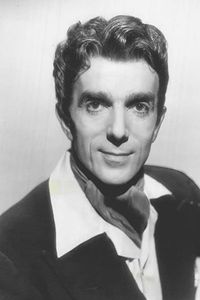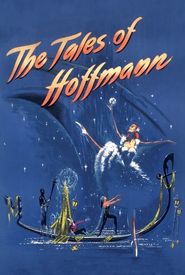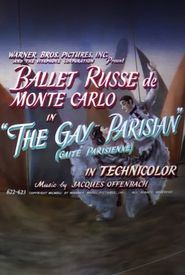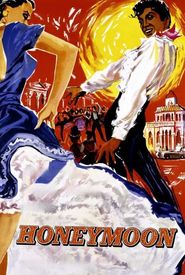Leonide Massine, a renowned dancer and choreographer, was born in Moscow in 1895 to a family of artists, with his mother being a soprano and his father a musician from the Bolshoi Theatre chorus. From the tender age of eight, he began studying acting and dance at Moscow's Imperial Theatre School, laying the foundation for his future success.
At the age of nineteen, Massine's talent was discovered by Sergei Diaghilev, who recruited him as the principal dancer in the Ballets Russes to replace the newly married Vaslav Nijinsky. Despite being described as distant and unemotional in his personal life, Massine's stage presence was characterized by his ability to convey strong emotions and a sense of humor.
One of Massine's most notable achievements was his innovative choreography for the ballet "Parade" in 1917, which featured a libretto by Jean Cocteau, music by Erik Satie, and decor by Pablo Picasso. He went on to work with some of the most renowned artists of the time, including Henri Matisse, Salvador Dalí, and Marc Chagall, who designed sets for his productions.
Throughout his career, Massine enjoyed immense success as an international dancer and choreographer, and his professional life seemed to be marked by happiness and satisfaction. Despite his tumultuous personal life, which included four marriages and numerous affairs, Massine continued to dance and choreograph well into his sixties, passing away in 1979.
Massine's remarkable career spanned over seven decades, during which he left an indelible mark on the world of dance and choreography. His innovative and artistic approach to his craft continues to inspire and influence generations of dancers and choreographers to this day.





















